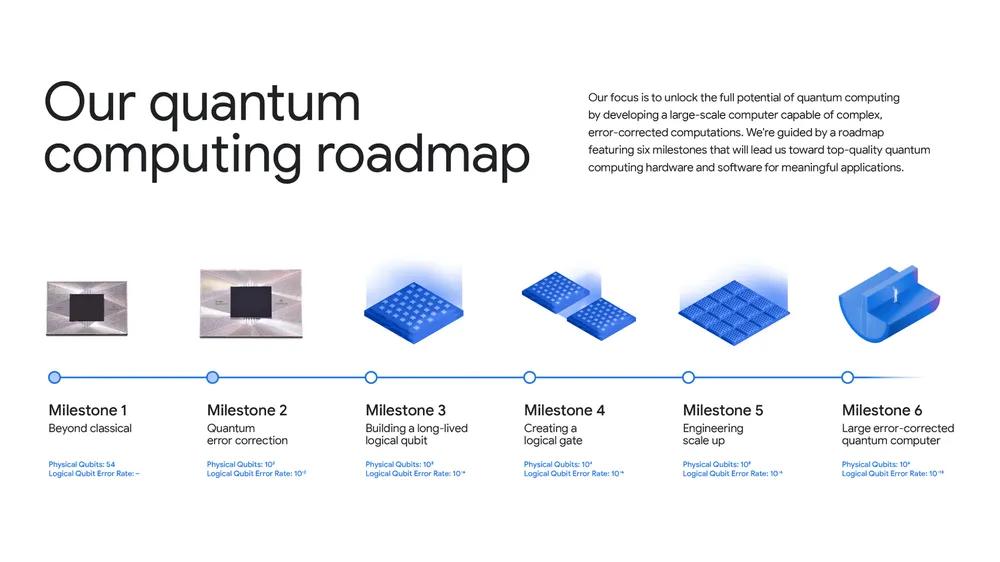Google CEO Sundar Pichai officially announced the latest progress of his team’s quantum algorithm implementation on the Willow chip.
Advancing towards practical applications, quantum computing has witnessed another significant breakthrough. Today, Google CEO Sundar Pichai posted a tweet officially announcing the latest progress of his team’s quantum algorithm implementation on the Willow chip.
It is reported that Google has achieved the first verifiable quantum advantage algorithm on the Willow chip, and the results have been published in the journal Nature. Data shows that the running speed of this algorithm is 13,000 times faster than the world’s best supercomputers. This algorithm is called “Quantum Echoes” and can use nuclear magnetic resonance to explain the interactions between atoms in molecules. Pichai explained that this may pave the way for potential applications in drug research and development and materials science in the future.
Notably, the name of Michel Devoret, the winner of the 2025 Nobel Prize in Physics, appears in the author list of this published paper. As the chief scientist of Google’s quantum hardware, his previous fundamental work on macroscopic quantum effects, which won him the Nobel Prize, also plays a role in this research.
The more important significance of this research may lie in the fact that the algorithm results can be replicated by other quantum computers or confirmed through experiments. In this regard, Pichai claimed, “This breakthrough is an important step towards the first practical application of quantum computing.”
How far is quantum computing from practical applications? According to Google’s strategic roadmap, it has currently achieved two key milestones: “quantum supremacy” and “quantum error correction prototype.” The first verifiable quantum advantage algorithm achieved this time lies between the milestones of “quantum error correction prototype” and “long – lived logical qubits.” There is still a long way to go before the launch of a “large – scale error – corrected quantum computer” to achieve the real implementation of quantum computing.

Image source: Google
James Whitfield, a quantum physicist from Dartmouth College, was more outspoken: “This technological advancement is impressive, but it’s a bit far – fetched to think that it can suddenly solve some economically viable problems.” According to reports summarized by IBM and China Academy of Information and Communications Technology, quantum computing is still in the early stage of technological research and development, and it is expected that substantial progress may be made in the next 5 to 10 years.
From a domestic perspective, China may have a first – mover advantage in both policy and technology in the field of quantum computing at present. A research report from CITIC Securities pointed out that scientific research achievements represented by “Zuchongzhi 3” remain world – leading, and enterprises such as Guodun Quantum have made key progress in industrial applications and core hardware. As the global quantum race accelerates, policy support during the 15th Five – Year Plan period is expected to increase. It is recommended to pay attention to investment opportunities in the field of quantum information.
Looking to the future, the above – mentioned institutions said that the commercialization race in quantum information will enter a new acceleration phase. The overseas market shows differentiation in technological routes, and the commercialization of quantum communication and measurement is accelerating. Guotai Junan Securities said that the United States and China are at the global leading level in the field of quantum computing, and major breakthroughs in quantum error correction in each technological route will directly affect the progress of quantum computing.
This article is from the WeChat public account “Science and Technology Innovation Board Daily”, author: Zhang Zhen, published by 36Kr with authorization.
